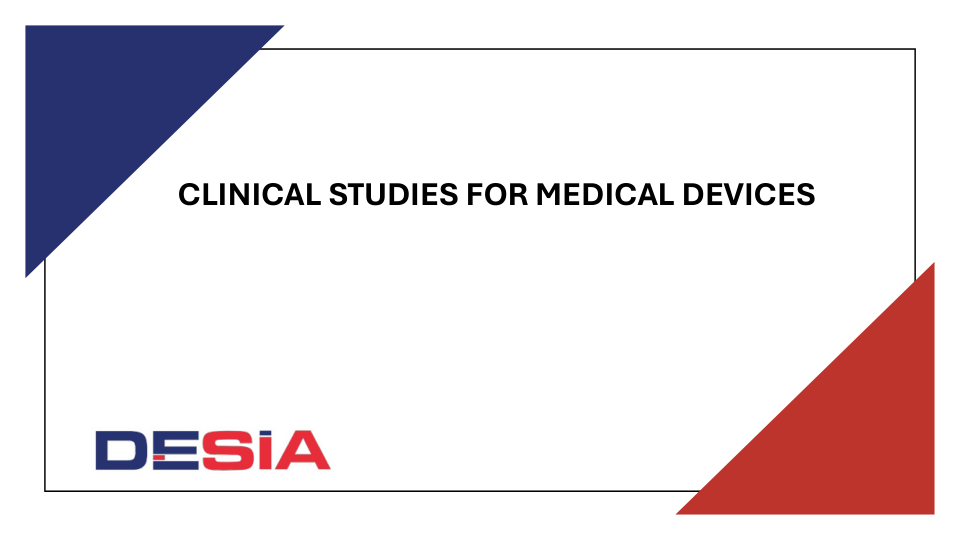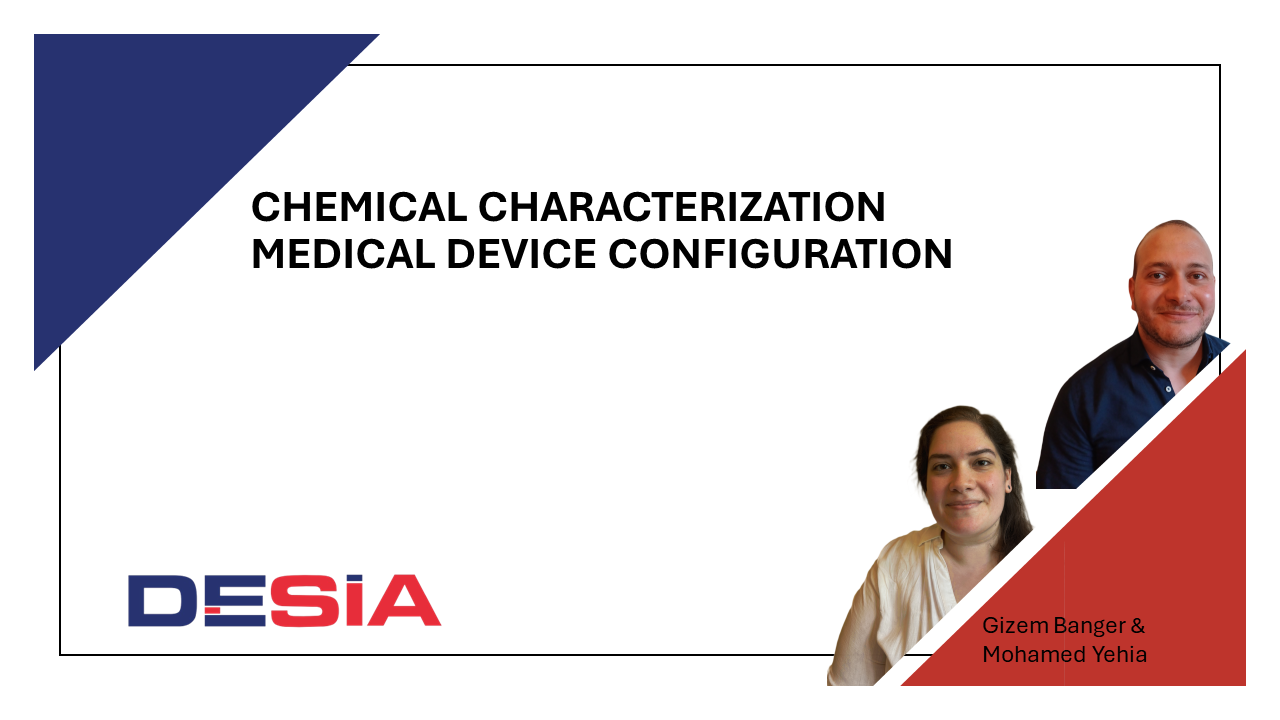In case that material/chemical equivalence cannot be obtained and there are gaps or missing information related to the device substances or constituents, then “the worst-case chemical release scenario” shall be performed.
- What is the aim of performing “hypothetical worst-case chemical release”?
The greatest potential chemical effect of a medical device would be accomplished if the medical device's entire composition were to transfer to the potentially affected individual during clinical use. Hypothetical worst-case chemical release can be applied in conditions like; an implantable medical device which is totally absorbed during clinical use, or an externally communicating device were to be completely leached during clinical use, or in cases where the qualitative and quantitative data collected in “Medical device configuration” (for more details “Medical device configuration”, check this link) regarding the material or medical device configuration, materials of construction, process residuals and supplier information can be applied to establish the hypothetical worst-case chemical release, even if it is unlikely that this worst-case would happen under the clinical conditions of use.
- What to do after applying the “hypothetical worst-case chemical release” approach?
Following the application of the worst-case chemical release approach and when the exposure to a medical device's entire composition can be considered as being acceptable (e.g., by comparing the exposure to a safety threshold established with Cohort of Concern (CoC) Determination (Kindly follow us for our next newsletters to learn more about CoC), then the chemical characterization process shall be deemed to have been completed. As a result, the chemical characterization can be used to support biological evaluation, where other tests related to biological evaluation process shall be performed according to ISO 10993-1. In contrast, when exposure to a medical device's entire composition is established to be potentially unacceptable, then the chemical characterization process can be continued by moving to the next step which is performing the extractables profiling.




